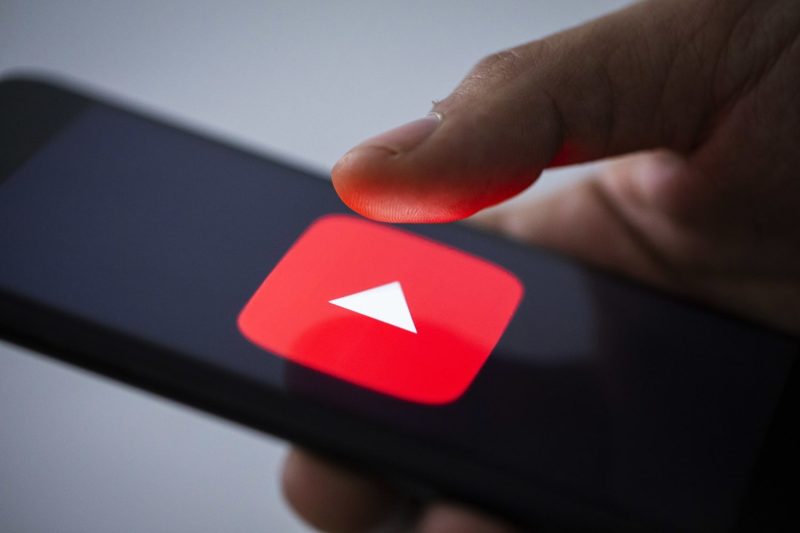As the battle for dominance in the living room continues to heat up, media companies are facing a critical decision on whether YouTube is a friend or foe in their quest to capture viewers’ attention. With YouTube solidifying its position as the go-to platform for video content, traditional media giants are now grappling with the need to adapt or risk becoming irrelevant in the rapidly evolving landscape of entertainment consumption.
One of the key drivers behind YouTube’s dominance in the living room is its vast library of user-generated content that caters to a wide range of interests and demographics. This diversity of content ensures that there is something for everyone on the platform, making it a one-stop destination for entertainment, education, and information. In contrast, traditional media companies have struggled to keep up with the level of personalization and variety offered by YouTube, leading to a decline in viewership and ad revenue.
Furthermore, YouTube’s recommendation algorithms have played a crucial role in shaping viewers’ preferences and keeping them engaged on the platform for extended periods. By constantly analyzing user behavior and preferences, YouTube is able to serve up content that is tailored to individual tastes, creating a highly personalized viewing experience that keeps viewers coming back for more. This level of customization is something that traditional media companies have struggled to replicate, leaving them at a distinct disadvantage in the battle for viewers’ attention.
Despite the challenges posed by YouTube’s dominance, some media companies have chosen to embrace the platform as a valuable distribution channel for their content. By partnering with YouTube creators and leveraging the platform’s reach, these companies have been able to tap into new audiences and drive engagement with their brand. In doing so, they have recognized that YouTube can be a valuable ally in expanding their reach and staying relevant in an increasingly digital world.
However, for other media companies, YouTube remains a formidable foe that threatens to erode their market share and diminish their influence in the industry. With viewers spending more time on YouTube than ever before, these companies are left scrambling to find ways to retain their audience and stay competitive in a landscape that is increasingly dominated by digital platforms. The challenge for these companies is not just to adapt to the changing landscape but to fundamentally rethink their content strategies and business models to remain relevant in an era where YouTube reigns supreme.
Ultimately, the decision on whether YouTube is a friend or foe rests with each individual media company and its ability to adapt to the evolving demands of viewers. By embracing the unique opportunities presented by YouTube and finding ways to complement their existing strategies, media companies can position themselves for success in a digital-first world. However, for those who choose to ignore the rising influence of YouTube, the consequences could be dire, leading to a loss of viewers, revenue, and relevance in an industry that is being reshaped by the forces of digital disruption.




























